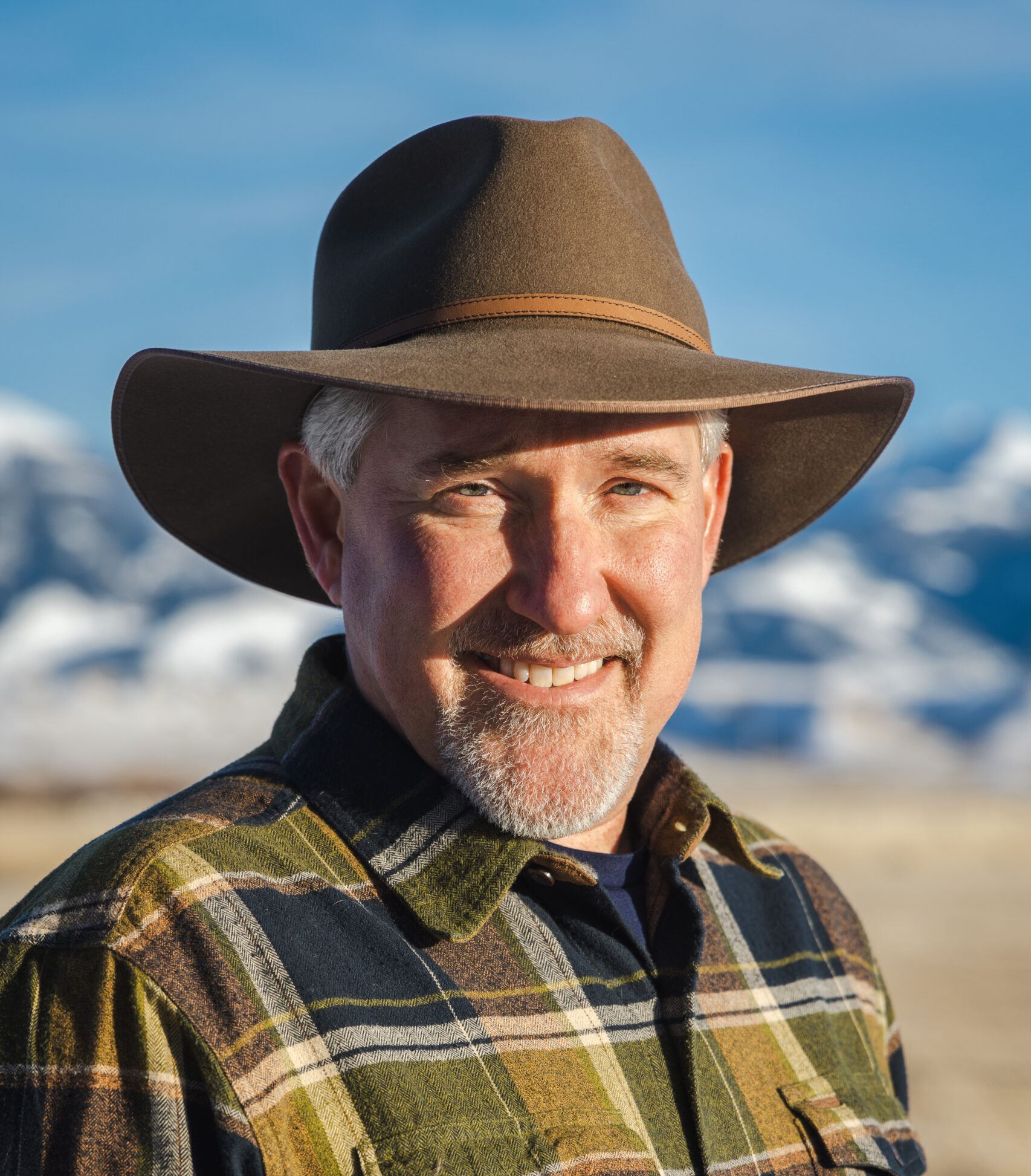This article was originally published by Philanthropy Roundtable.
Started in 1970, Earth Day was intended to garner support for environmental initiatives. Before the creation of the Environmental Protection Agency and legislation like the Endangered Species Act and Clean Water Act, Earth Day’s goal was to elevate the issue of improving the quality of our natural resources onto the national agenda. The movement was a huge success, helping usher in a new era of environmentalism that saw marked improvements in the health of our natural world.
Fast forward to today, and the track record of political environmentalism is mixed. From renewable energy to endangered species conservation, government solutions often impose regulations that inadvertently harm the very resources it’s intended to protect. The default conservation tools—political gamesmanship, complex regulations, and endless litigation—are increasingly inadequate for addressing many of the modern challenges facing land, water, and wildlife.
To create lasting conservation solutions, our organization (PERC) is creating a new playbook that harnesses markets, incentives, property rights, and partnerships. In essence, we see capitalism as a cure not a curse on the environment.
Harnessing private capital to sustain wildlife habitat
With rapid regional growth, ranchers in Montana’s large working lands outside Yellowstone National Park face growing pressure to sell to developers for subdivisions, threatening iconic wildlife populations.
Migratory elk herds in particular rely on working ranches for up to 80 percent of their winter range. Without this seasonal refuge, Yellowstone’s elk herds couldn’t ride out Montana’s frigid winters. Providing vital habitat, however, comes at a cost to the ranchers.
Elk can transfer brucellosis to cattle—a disease that causes cows to abort their young. In the event of an outbreak, a rancher must quarantine their herd, with devastating financial consequences. PERC’s Brucellosis Compensation Fund helps increase elk tolerance among ranchers while offsetting costs that could accelerate development pressure. The private fund, seeded by groups and individuals who value wild elk, covers most of a rancher’s quarantine costs, providing them a cushion to weather an outbreak while still incentivizing best practices to limit disease transfer.
By harnessing private support, the fund offers a creative market and property rights-oriented solution for conservationists, hunters, and community members to support elk migrations and wildlife habitat.
Embracing markets to conserve water
Much of the western United States is mired in drought. It is projected that in 5 years the Great Salt Lake will cease to be a lake. Similarly, Lake Mead, whose water sustains 25 million people across seven states, has dropped to dangerous new lows, resulting in federally proposed across-the-board water usage cuts in three states. Policymakers are looking for answers while acknowledging that traditional solutions like diverting more water or building dams are no longer politically or economically feasible. This challenge presents an opportunity to put markets to work for conservation.
Markets have the potential to conserve water by directing it to its highest-valued use while avoiding costly regulations that impose strict limitations on consumption. By allowing historic water rights holders, typically farmers and ranchers, to sell or trade their water voluntarily, we can create win-win solutions.
Today, we’re seeing water markets flourish across the West. In Utah, farmers can now legally leave water in-stream and be compensated by conservationists who want to conserve fish populations or keep the Great Salt Lake a lake. And in Arizona, Native American tribes have been unleashed to trade their water resources with willing buyers like downstream municipalities.
Markets aren’t the answer to every water scarcity problem, but they are a proven way to allocate scarce resources through voluntary negotiation instead of legal or political conflict.
Both of these examples illustrate why it’s time to think beyond the status quo of political environmentalism and get more creative. Markets have the power to deliver cheap energy, abundant food, and endless entertainment on demand. Why can’t they deliver the same abundance and quality for our natural world? By harnessing the power of markets, property rights, and incentives, we can deliver more lasting environmental success this Earth Day and beyond.




